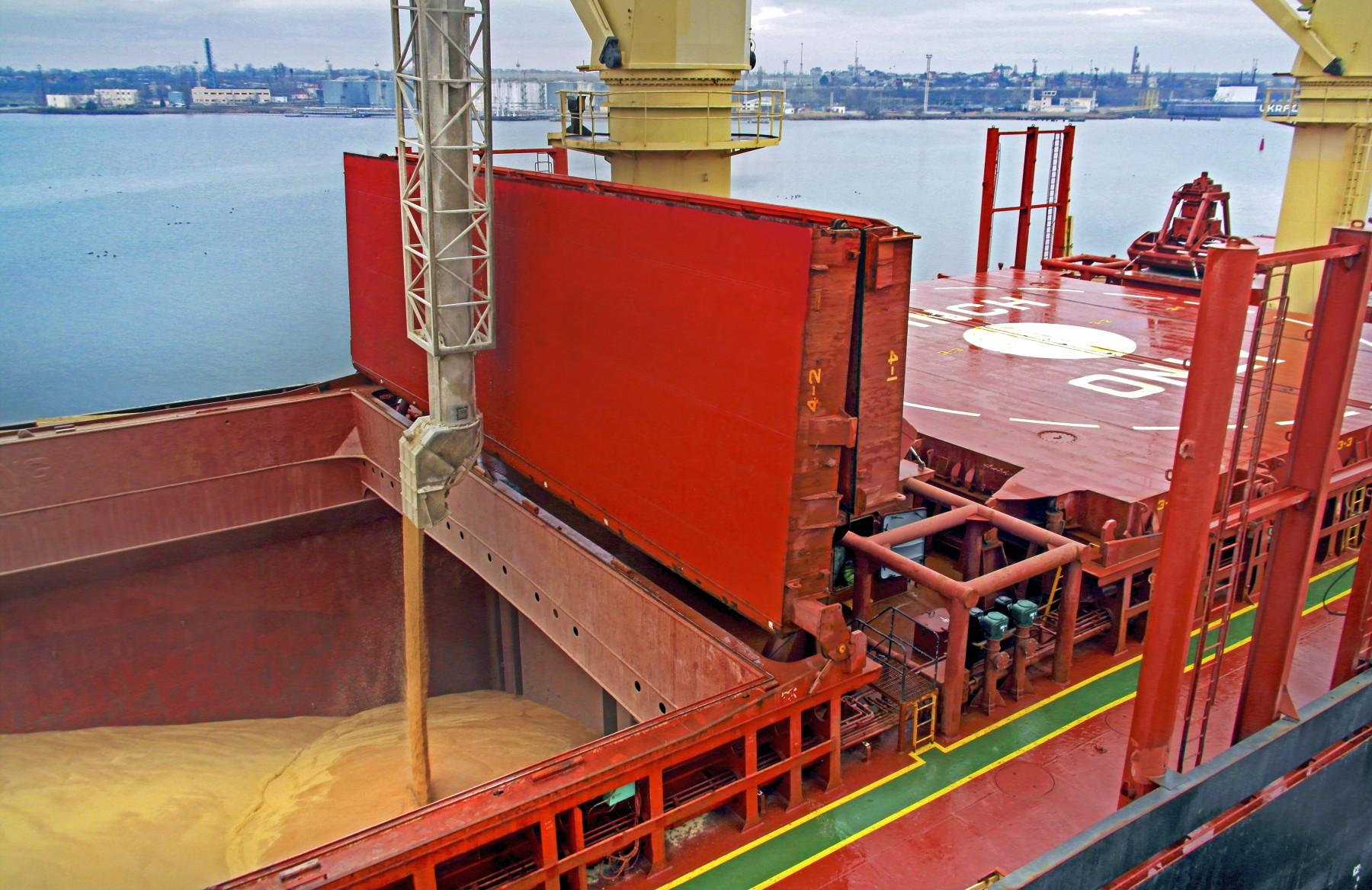1. What are Inmarsat’s plans regarding low-earth orbit satellites?
Inmarsat believes in the power of multi-dimensional networks to provide high-speed, low-latency connectivity and global coverage for the maritime industry – and low-Earth orbit (LEO) services are a crucial component in this vision.
Our newly launched NexusWave is a fully managed unified service that seamlessly integrates multiple high-speed networks in real time: LEO services combine with Global Xpress, and soon also ViaSat-3) Ka-band and as-available coastal LTE – plus an additional layer of L-band for resilience – to deliver fast, always-on connectivity.
2. Safe, reliable, and fast connectivity is paramount to the shipping industry’s digitalisation. What key milestones is Inmarsat focusing on towards achieving this goal?
The launch of NexusWave is a significant milestone in Inmarsat’s strategy for ensuring global, reliable, and fast connectivity with unlimited data to facilitate maritime digitalisation.
Offering continuous high-speed connectivity with global coverage and support, as well as enterprise-grade security end-to-end, i.e. both on the ship and in our core infrastructure, our new service enables ship owners, managers, and operators to transform their ships into floating offices and pursue their digitalisation objectives.
3. How do Inmarsat’s solutions ensure safety in shipping operations?
Inmarsat’s satellite network provides 99.9% availability virtually anywhere in the world, ensuring that seafarers are always connected to life-saving services.
Safety is in our DNA, and today we support both SOLAS and non-SOLAS vessels and more than 1.6 million seafarers who depend on us for a communication lifeline that is both reliable and global.
Our safety service puts seafarers in direct contact with over 50 maritime rescue coordination centres (MRCCs) worldwide. Users can communicate in real time with a team of dedicated rescue and medical professionals for assistance and guidance to safeguard their crew and vessel until help arrives.
More generally, our connectivity solutions provide a secure and reliable platform for online applications that facilitate safe maritime operations – such as remote support services to keep critical equipment in good working order and telemedicine services to help crew access healthcare advice.
4. What technological solutions does Inmarsat’s portfolio consist of, and how do they benefit crew as well as vessel operators?
Inmarsat NexusWave is a game-changer for maritime communications. As a unified solution delivered by a single provider, it ensures managed performance levels regardless of the vessel’s location or requirements while offering complete transparency on total cost of ownership – with no unexpected charges.
NexusWave is also supported globally by Inmarsat, with top-tier technical assistance and guidance derived from decades of experience. Moreover, in line with our commitment to delivering excellence, we will continuously enhance the solution over time to ensure vessel operators receive the best possible service even as requirements evolve.
For crew, NexusWave assures consistent access to the tools and applications that allow them to perform their jobs safely and effectively. In their downtime, it keeps them connected to their friends and family and allows them to browse the Internet and stream entertainment, with high speeds and low latency no matter where the vessel is sailing.
Crucially, it also ensures personnel can access critical mental health support and telemedicine services on board the vessel whenever necessary.









